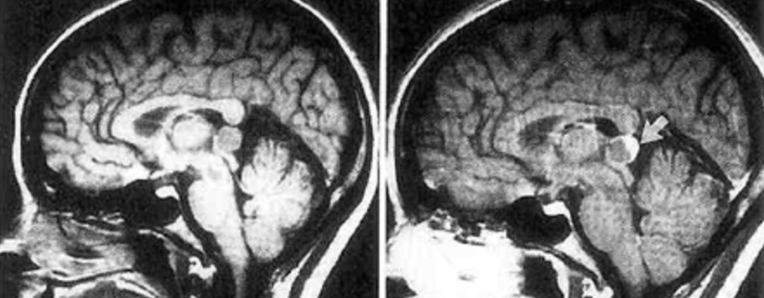Photo Credit: istock.com/ttsz
Calcification of the radial artery is one of the main causes of anastomotic stenosis of the autogenous arteriovenous fistulas in patients with uremia. Because the pathogenesis of calcification remains unknown, researchers sought to screen and validate the risk factors for vascular calcification in this patient population.
“The study of radial artery calcification in uremic patients holds promise for improving patient outcomes, advancing our understanding of vascular calcification, and potentially informing the management of other related conditions,” Jian-bing Hao and colleagues wrote in BMC Nephrology.
The study included 60 patients with uremia who received or did not receive hemodialysis. The researchers collected blood and tissue samples from the radial artery. General biochemical indicators and calcification-related molecules were detected via ELISA or correlation analysis. Pathologic changes and calcification-related molecules in the radial artery were analyzed using HE or immunohistochemical staining.
The levels of total calcium, calcium-phosphorus products, allograft inflammatory factor 1 (AIF-1), intact parathyroid hormone (iPTH), 25-OH-VD, and fibroblast growth factor 23 (FGF23) in the serum of patients who were on maintenance hemodialysis were significantly greater (P<0.05), whereas the level of soluble klotho was lower compared with the control group. The researchers noted that this suggests a strong association with uremia.
Furthermore, considerable calcification of the radial artery was seen in patients undergoing hemodialysis, and the protein expression AIF-1/parathyroid hormone receptor/vitamin D receptor was increased in the calcified radial artery. The researchers explained that this finding indicated that total calcium, calcium-phosphorus products, AIF-1, iPTH, 25-OH-VD, and FGF23 may be possible risk factors for radial artery calcification in patients with uremia.
In conclusion, the authors said, “These findings underscored the importance of maintaining balanced calcium and phosphate metabolism, identified potential therapeutic targets, and offered insights for further research into the mechanisms and treatment strategies for vascular calcification in uremia.”
They noted additional studies are necessary to validate these findings and examine their clinical implications.




















Create Post
Twitter/X Preview
Logout